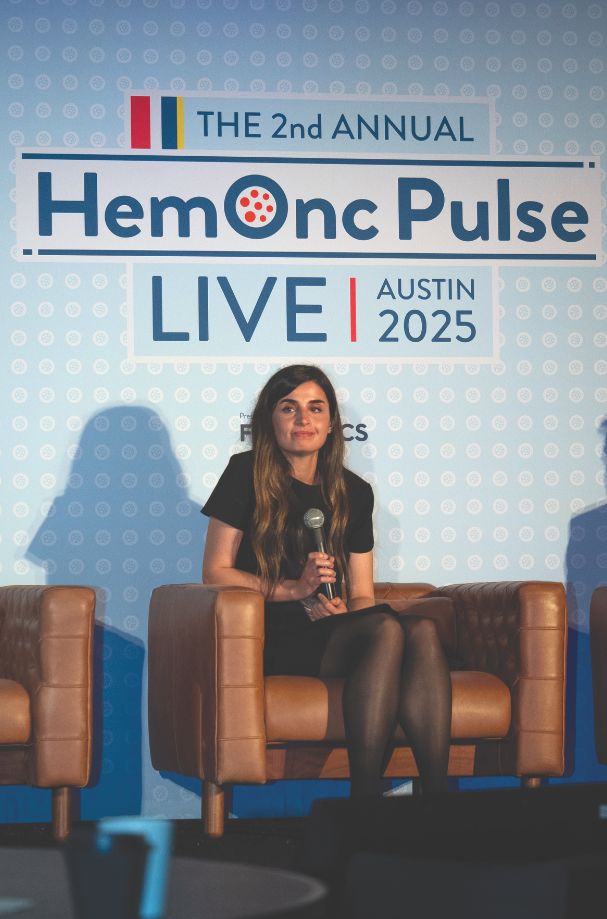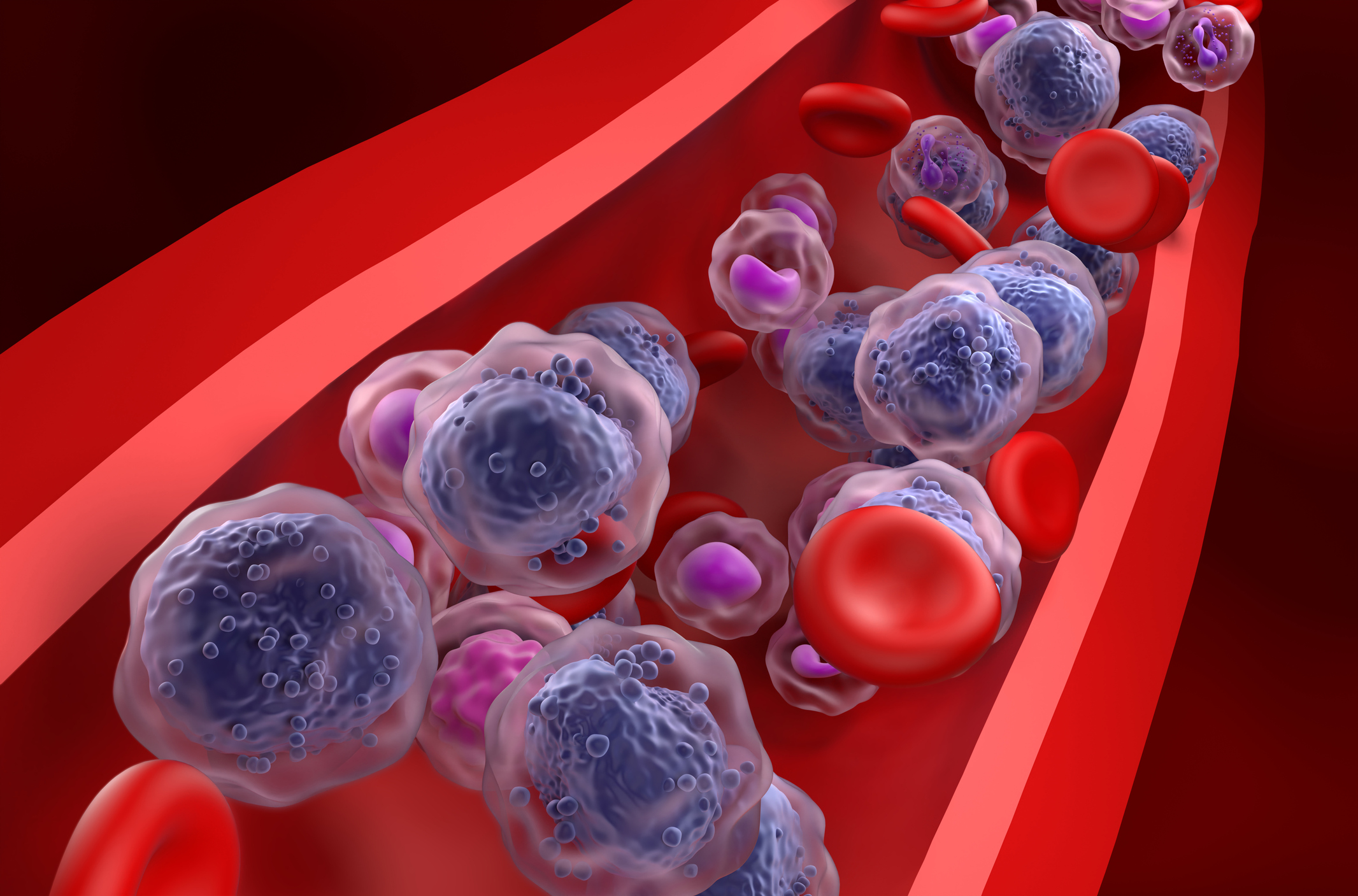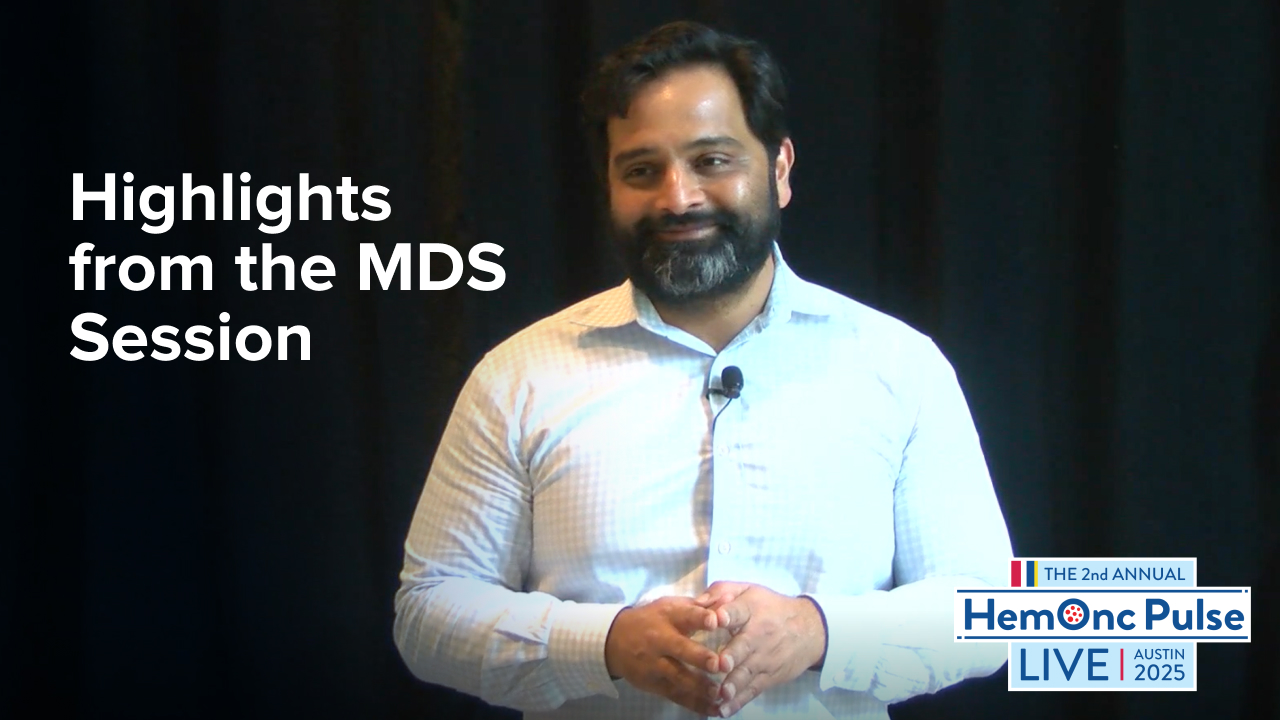
Eprenetapopt and venetoclax plus azacitidine had an “acceptable safety profile” as a frontline treatment for patients with TP53-mutated acute myeloid leukemia (AML), including those with prior myelodysplastic syndromes (MDS), according to a phase I study.
Guillermo Garcia-Manero, MD, of the MD Anderson Cancer Center and colleagues conducted the study and published its results in The Lancet Haematology.
Dr. Garcia-Manero and colleagues conducted the open-label, dose-finding study to evaluate the combination of eprenetapopt and venetoclax plus or minus azacitidine in patients with TP53-mutated AML. Eprenetapopt, also known as APR-246, is a first-in-class, small-molecule p53 reactivator.
They conducted the study at eight academic research hospitals in the United States, enrolling patients with treatment-naïve AML who were at least 18 years old and had at least one pathogenic TP53 mutation. In dose-finding cohort one, patients received previous therapy with hypomethylating agents for myelodysplastic syndromes. In dose-finding cohort two, patients did not have previous use of hypomethylating agents.
All patients received 28-day treatment cycles. In cohort one, patients received intravenous eprenetapopt 4.5 g/day on days one through four and oral venetoclax 400 mg/day on days one through 28. Patients in cohort two also received subcutaneous or intravenous azacitidine 75 mg/m2 on days one through seven. The expansion portion of the study proceeded with patients enrolled in cohort two. The study’s primary endpoints were safety in all cohorts, and complete responses in the expansion cohort.
The study’s investigators enrolled 49 patients across both cohorts, with six patients initially enrolled into each cohort. However, after the researchers observed no dose-limiting toxicities, they expanded cohort two to enroll an additional 37 patients. The median patient age was 67 years, 49% of patients were female, and 82% were White.
The median length of follow-up was 9.5 months at data cutoff. The overall response rate in patients who received eprenetapopt and venetoclax plus azacitidine was 64%, while the complete response rate was 38%.
The researchers did not report any dose-limiting toxicities and determined the recommended phase II dose for the combination would be eprenetapopt 4.5 g/day on days one through four. The most common adverse events of grade 3 or higher were febrile neutropenia, occurring in 47% of patients; thrombocytopenia, occurring in 37%; leukopenia, occurring in 25%; and anemia, occurring in 22%. Treatment-related serious adverse events were reported in 27% of patients, including one treatment-related death from sepsis.
“Eprenetapopt and venetoclax with azacitidine had an acceptable safety profile and encouraging activity, supporting further frontline evaluation of this combination in the treatment of TP53-mutated acute myeloid leukemia,” Dr. Garcia-Manero and colleagues concluded.
Reference
Garcia-Manero G, Goldberg AD, Winer ES, et al. Eprenetapopt combined with venetoclax and azacitidine in TP53-mutated acute myeloid leukaemia: a phase 1, dose-finding and expansion study. Lancet Haematol. 2023;10(4):e272-e283. doi:10.1016/s2352-3026(22)00403-3






 © 2025 Mashup Media, LLC, a Formedics Property. All Rights Reserved.
© 2025 Mashup Media, LLC, a Formedics Property. All Rights Reserved.